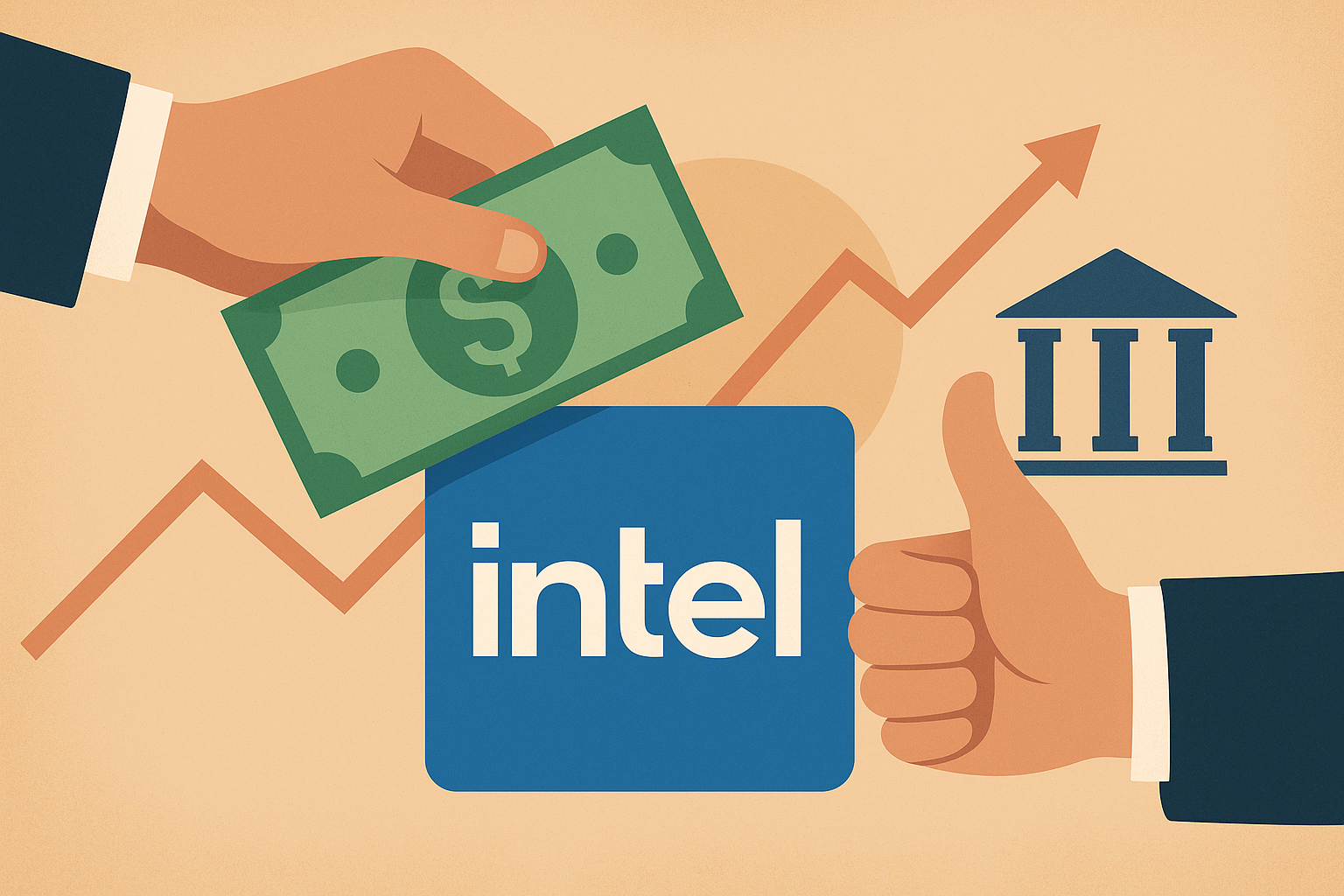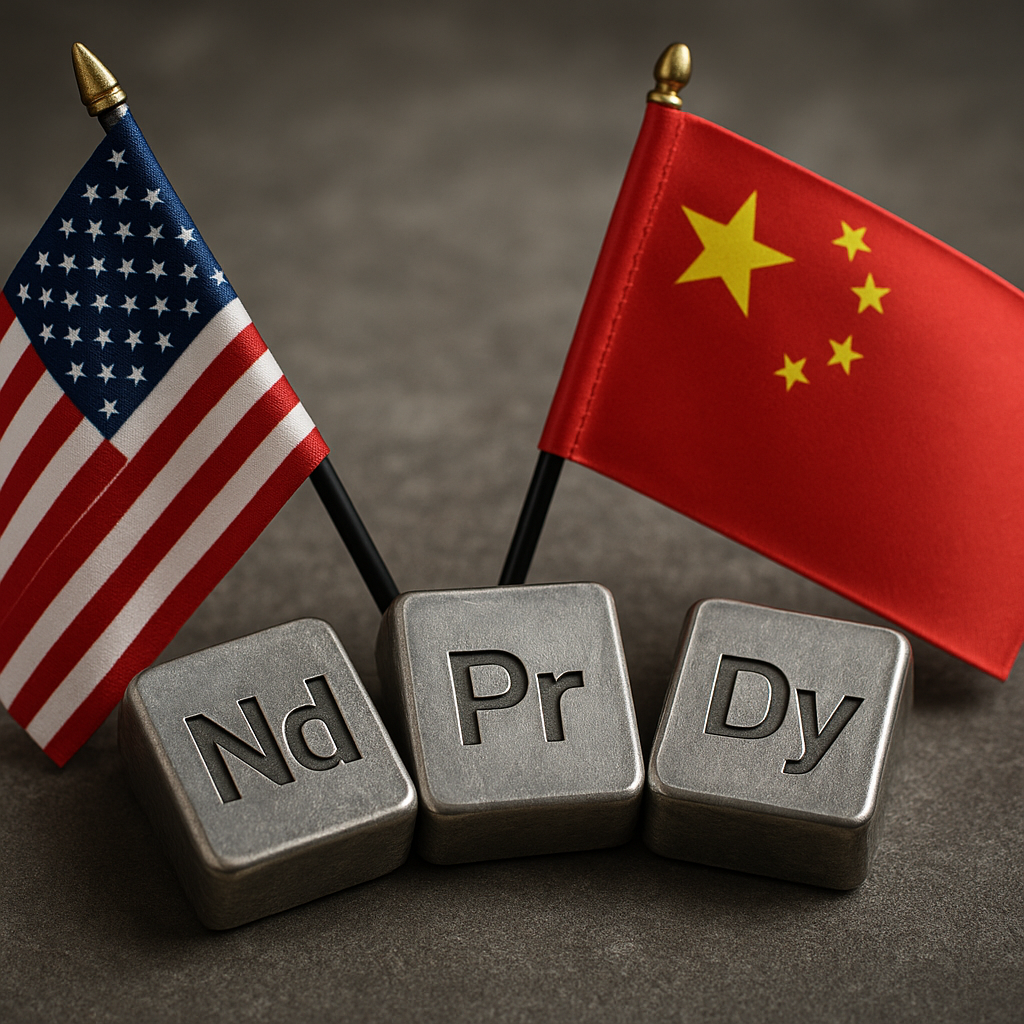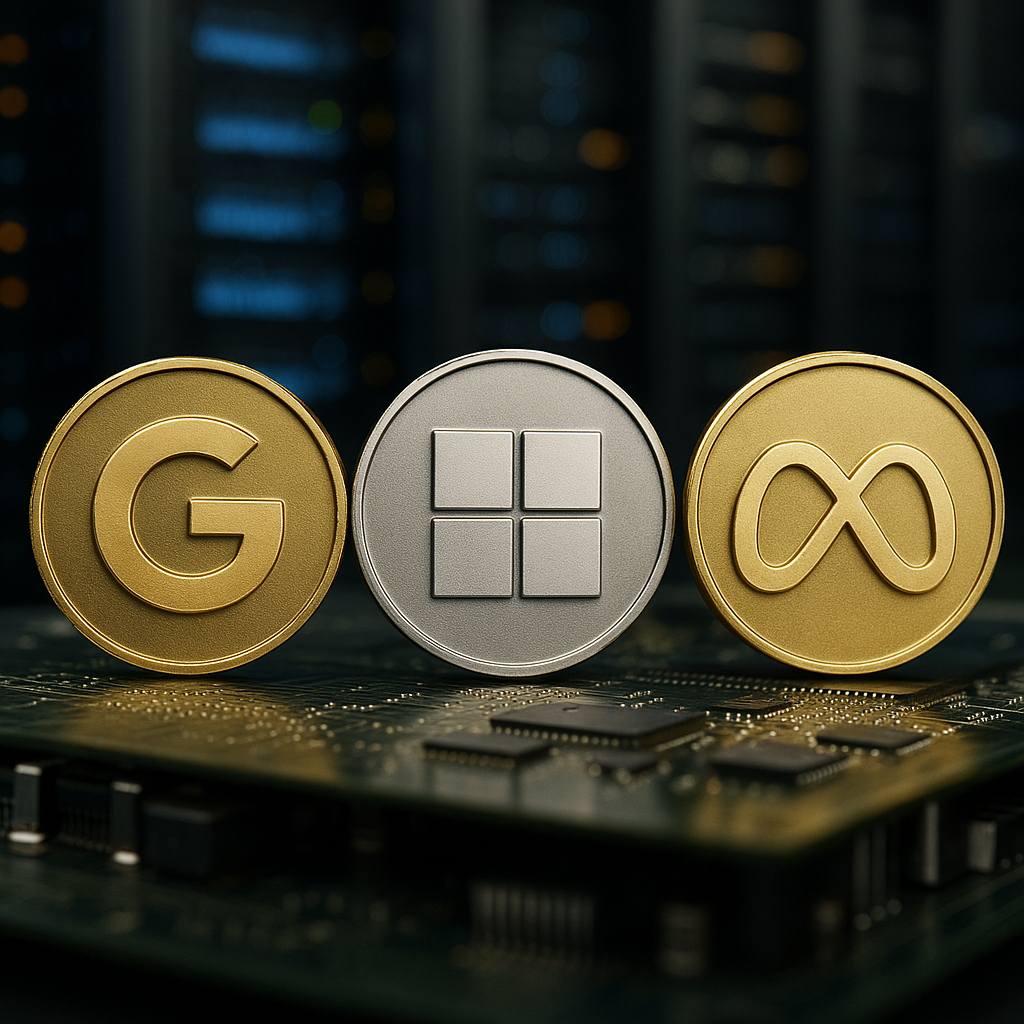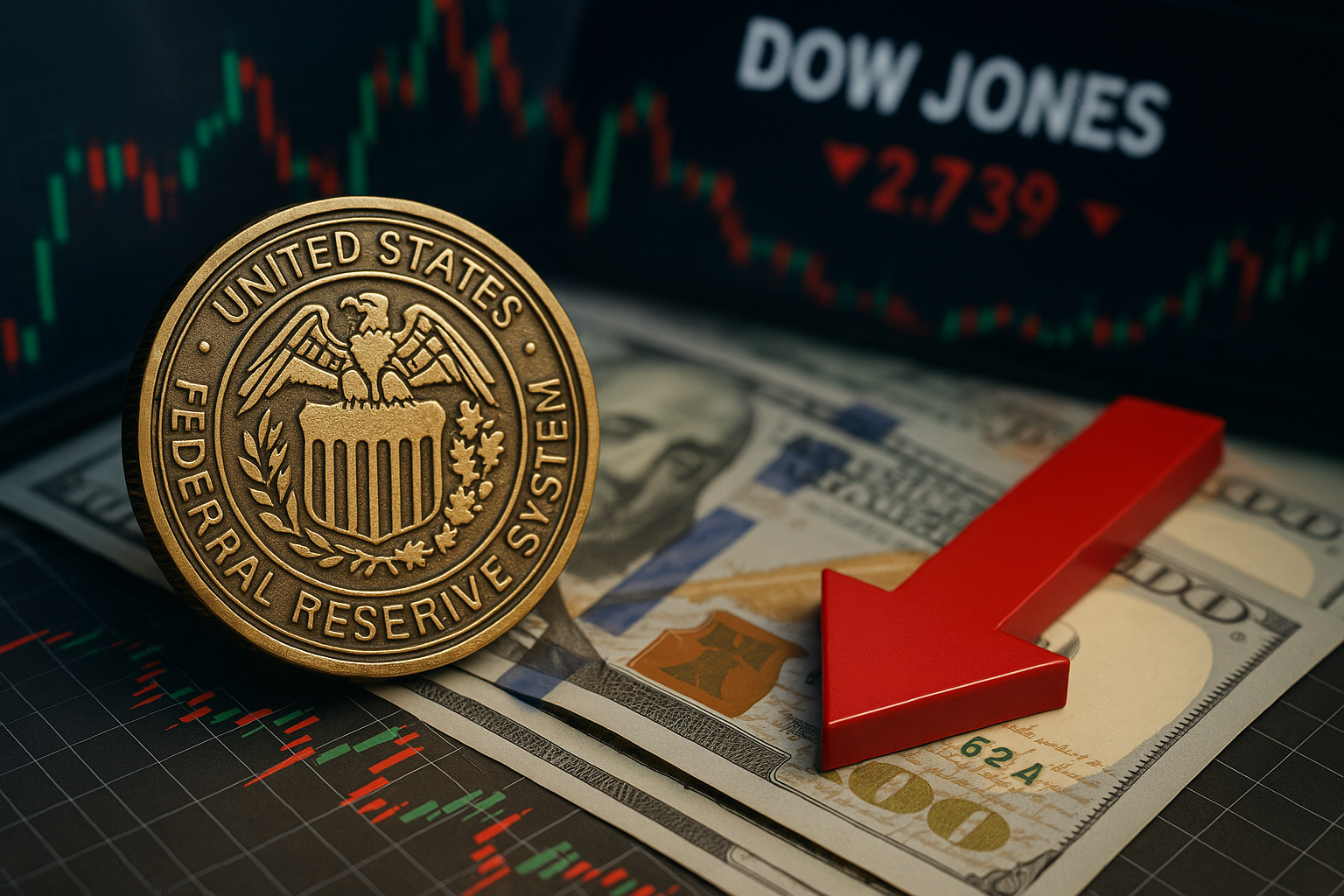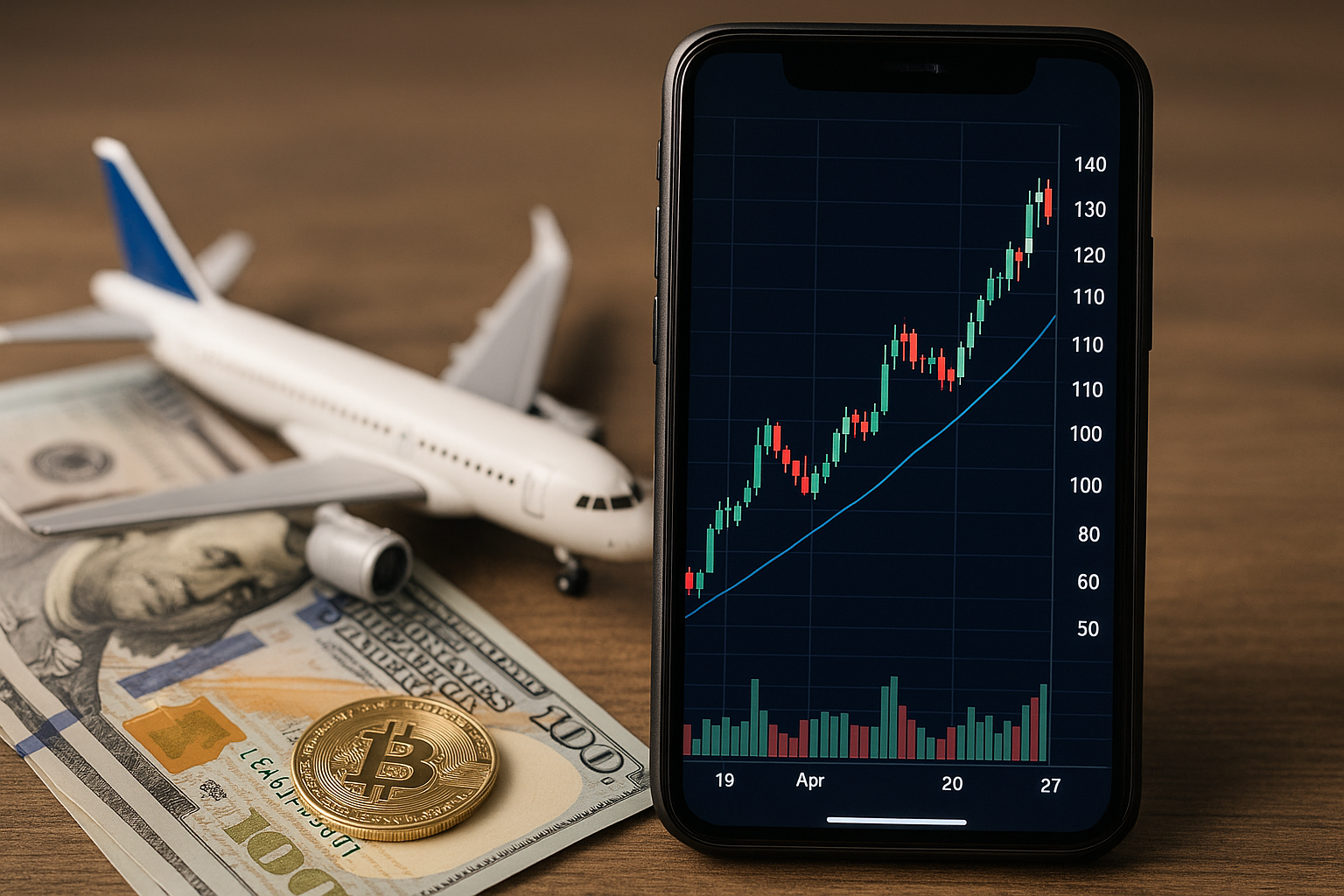The semiconductor industry has become the heartbeat of global markets—fueling everything from AI to cloud infrastructure, electric vehicles, and national security. Against this backdrop, one of the world’s most prominent tech investors, SoftBank, has just made a decisive move: a $2 billion investment in Intel at $23 per share, cementing itself as a top-10 shareholder in the storied U.S. chipmaker.
This bet isn’t just about Intel. It signals a potential turning point for legacy semiconductor firms trying to reclaim relevance in an AI-driven world dominated by Nvidia and TSMC. For investors, the move raises a critical question: Is Intel on the cusp of a genuine turnaround, or is this another high-stakes gamble?
Why This Matters for Investors
Intel has long been a pillar of the semiconductor industry, but the past decade has seen its market share erode as competitors surged ahead. Nvidia has captured the AI accelerator space with GPUs powering everything from ChatGPT to autonomous vehicles, while Taiwan Semiconductor Manufacturing Company (TSMC) has secured dominance in advanced chip fabrication.
Intel, by contrast, has faced execution missteps, delayed product rollouts, and declining profitability. In 2023 and 2024, its stock underperformed the broader semiconductor index, with investors increasingly skeptical about its ability to catch up.
SoftBank’s $2 billion investment could change that narrative. According to The Economic Times, the transaction not only places SoftBank among Intel’s largest shareholders but also reflects a vote of confidence in the company’s strategy to rebuild its competitive edge. SoftBank has a track record of bold tech bets—from early stakes in Alibaba to its ongoing Vision Fund investments—making its Intel move particularly noteworthy.
Intel’s Path to Relevance
Intel has embarked on a multi-pronged turnaround strategy under CEO Pat Gelsinger, including:
- Foundry Services Expansion: Intel aims to become the second-largest contract chip manufacturer by 2030, directly competing with TSMC. Its new Ohio and Arizona fabs are central to this ambition.
- AI Integration: Intel is investing heavily in its Gaudi AI accelerators and positioning itself as a more cost-efficient alternative to Nvidia’s GPUs for enterprises looking to scale AI workloads.
- Government Partnerships: Through the U.S. CHIPS and Science Act, Intel has secured billions in subsidies to support domestic semiconductor production, aligning it with Washington’s push for supply chain resilience.
Analysts from Bernstein Research have highlighted that Intel’s capital expenditures are set to exceed $25 billion annually over the next two years, underscoring the scale of its gamble on regaining competitiveness.
Why SoftBank’s Move Stands Out
SoftBank is no stranger to bold, contrarian plays. Its Vision Fund has backed transformative companies such as ARM Holdings—recently IPO’d at a $65 billion valuation—and major AI infrastructure providers. A $2 billion stake in Intel suggests SoftBank sees untapped value in the chipmaker’s long-term growth story.
Bloomberg recently reported that institutional investors have been cautiously rotating into “undervalued” tech names, particularly those with exposure to AI infrastructure. SoftBank’s timing may align with this broader trend, as the market searches for the next wave of beneficiaries beyond Nvidia.
Future Trends to Watch
- AI Hardware Alternatives: If Intel successfully positions its Gaudi accelerators as a viable AI chip, it could gain traction among enterprises wary of Nvidia’s high prices and supply constraints.
- Foundry Market Competition: Intel’s ability to compete with TSMC and Samsung will be a decisive factor in its turnaround. Investors should track updates on fab construction timelines and client adoption.
- M&A Potential: With $2 billion in fresh backing from SoftBank and ongoing government incentives, Intel may pursue acquisitions to accelerate its AI and foundry ambitions.
- Policy Tailwinds: U.S.-China tech tensions are increasing demand for secure domestic supply chains. Intel is uniquely positioned to benefit from Washington’s reshoring agenda.
Key Investment Insight
For investors, SoftBank’s move should be viewed as more than just a capital injection. It is a signal of confidence in Intel’s ability to reemerge as a relevant player in both AI and semiconductor manufacturing. While risks remain—execution delays, capital intensity, and fierce competition—the asymmetric upside could be significant if Intel delivers on its roadmap.
In the near term, Intel’s stock may experience momentum from renewed investor sentiment. Long-term, its trajectory will depend on whether it can turn large-scale investments into sustainable market share gains. For portfolio managers seeking exposure to semiconductors beyond Nvidia, Intel now merits closer scrutiny.
Stay Ahead with MoneyNews.Today
The semiconductor race is reshaping global markets, and moves like SoftBank’s Intel bet highlight where capital is flowing next. For investors navigating these shifts, staying informed is critical. Follow MoneyNews.Today for daily insights into the trends, policies, and investments shaping tomorrow’s markets.
